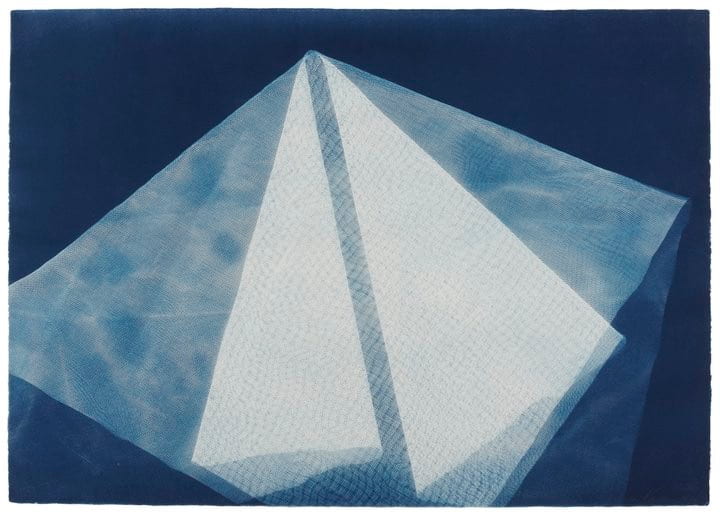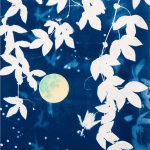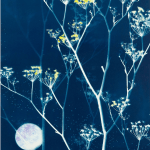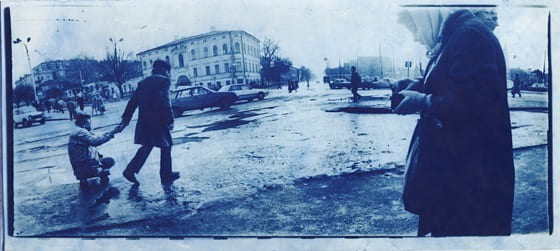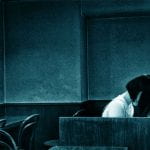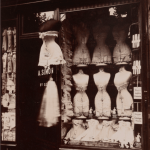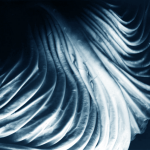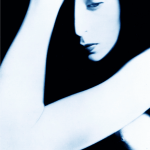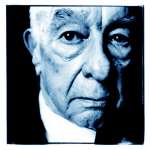What is a Photograph? at the ICP (2014)
blurring the boundaries: when does a photograph stop being a photograph? (and does it really matter anymore?)
‘By foregrounding a photographs means of production and malleability of meaning, by making the photograph both a material thing and a philosophical question, it asks us to really look at what and how we are seeing’ (Batchen, 2014, p.60)

The ICP (2014) show What is a Photograph? was described by its curator as ‘Bring[ing] together artists who reconsidered and reinvented the role of light, color, composition, materiality, and the subject in the art of photography’ (Squires, 2014, p.9). This session aims for participants to take both a critically informed and a personally evaluative stance to such exhibitions and thier intent.
‘The aim of all commentary on art now should be to make works of art […] more, rather than less, real to us’ (Sontag, 1964, p.14)
this session could be run in conjunction with:
- What is a Photograph?
- Enter the Academy post to come
Aims & Outcomes:
- For participants to consider the nature of contemporary photography and its relationship with other media
- For participants to take a critically informed personal stance to evaluate exhibitions / works and the curatorial rationale and intent.
- To reflect on the nature of the gallery context and questions of taste, value and judgement. Is it ‘good’?
- Participant Outcome: To critically evaluate an exhibition of thier choice, considering curatorial intent, selection of works, and reviews. Would thier own practice fit into this and why? *Participants could also be encouraged to ‘curate’ thier own exhibition / include thier own work in this and consider the curatorial rationale.
‘Having an opinion is part of your social contract with readers’ (Schjeldahl, 2004)
Showing from January – May 2014, Carol Squires curated What is a Photograph? an exhibition of 21 artists who have pushed the boundaries of a so called / traditional photographic practice. Like John Szarkowski and Stephen Shore before her, this was questioning and attempting to explore the nature of the shapeshifter we call ‘photography’. Whilst the title of the show poses an excellent, (though never quite answered), question, the critics were mixed in their responses. Is this due to a failure in the curatorial rationale, or simply that the slippery nature of the photograph itself (and all its contexts of consumption) eludes such a single and simple definition?

‘Photographs are both images and physical objects that exist in time and space, and thus on social and cultural experience and are thus enmeshed with subjective, embodied and sensuous interactions’ (Edwards & Hart, 2004, p.1)
‘You must be putting to the test, not just the artwork, but yourself in your response to it’ (Schwabsky , 2012)
presentation: What is a Photograph? (ICP, 2014)
‘Artists around the globe have been experimenting with and redrawing the boundaries of traditional photography for decades. Although digital photography seems to have made analogue obsolete, artists continue to make works that are photographic objects, using both old technologies and new, crisscrossing boundaries and blending techniques (Squires, 2014). Yes, this is certainly the case, but the emphasis of this critique is on Squires term ‘objects’, and it is clear that there is an overbearing concentration on the physicality of the photograph-as-object throughout the show / in the practice of the artists included. This seems to be rather surprising given the ubiquity of the photograph today, and all of its digital forms of reproduction, in a show curated in 2014, Is it just the wrong question / title? Is it too broad? What would Walter Benjamin have to say?
This point was not lost on the critics:
‘Unfortunately, the works chosen to investigate this question, are, simply put, not very strong. What’s worse, while many of them are cartoonishly bad, a few are magical and get it just right. The resulting exhibition is maddeningly close to being good, but it is hobbled by some serious and almost headache-inducing failures that can only be blamed on a lack of curatorial judgment’ (Pollack, 2014)
‘It’s a strangely blinkered and backward-looking show. Nearly all the work on view have more to do with photography’s past than with its possible future’ (Johnson, 2014)
‘It is not that this show looks backwards (which it does), but rather, that it looks backwards to produce a certain history which at once marginalizes photography’s digital transformation and yet at the same time is a product of that shift’ (King, 2014)
‘In a day and age where the majority of photographs exist in ephemeral form, tying an inquiry into what a photograph actually is, to experimentation by very art-world centered humans around materials simply misses most of the excitement’ (Colberg, 2014)
However, Squires responds to the chameleon-like nature of the photograph as she is also quick to point out that ‘We are in a moment – which may stretch on for years – in which the photograph shifts effortlessly between platforms and media’ (Squires, 2014, p.42), Indeed we are, so why, in this show, might we be presented with a question and selection of images which one could argue has more in common with painting and sculpture, and the associations of value, judgement and aura that these media might connote. Is this a return to 19th Century photographic values? Is the photograph so confused / de-valued as ‘art’ that it must resort to mimicing painting and sculpture to make the gallery its ‘home’/ Or is this a direct response to the digital age and the plethora of images that come with it?
That said, perhaps Squires question is a useful one. To return to Olin’s (2013) definition as the photograph as evoking both ‘vision and touch’ as well as Batchen’s (2014) reminder of the photograph as a ‘means of production with a malleable meaning’, and Edwards & Hart’s (2004) notion of it as ‘images and physical objects’. Perhaps this exhibition serves us with an important reminder of the shifting nature of the photograph and the relationship we are invited to have with it, to instigate debate and exploration of it’s usually transparent and often more functional nature, as it continues to shapeshift between contexts and media.
’Emotion without cognition is blind, cognition without emotion is vacuous’ (Scheffler, 1991, p.9)
suggested Session Outline:
‘The best photographs always inspire curiosity, rather than satisfy it’ (Soth in Schuman, 2004)
- Ask participants to conduct in depth research into the work of at least 2 of the practitoners included in What is a Photograph? at the ICP (2014).
- Ask participants to read and compare at least 2 of the reviews below. Do they agree with the argument being made? What are the similarities and differences
- Colberg, Jörg (2014) ‘What is a Photograph?’ in Conscientious Magazine (31st March 2014) available here
- Johnson, Ken (2014) ‘Digital, Analog and Waterlogged’ in The New York Times (30th January 2014) available here
- King, Jacob (2014) ‘What is a Photograph?’ in Aperture Blog available here
- Parsons, R. Wayne (2014) ‘A Puzzlement: What is a Photograph?’ in The New York Photo Review available here
- Pollack, Maika (2014) ‘What Is a Photograph?’ at the International Center of Photography and ‘A World of Its Own: Photographic Practices in the Studio’ at the Museum of Modern Art’ in Observer Culture (2nd December 2014) available here
- Rexer, Lyle (2014) ‘A New Exhibition Asks, What Is a Photograph, Anyway?’ in Time Magazine (30th January 2014) available here
- If you were the curator: Of the practitoners included in the show, which work would remain? And which would be rejected?
- If you were the curator: How you adapt the show given the critical response? Are there any new works you would include? By whom and why?

